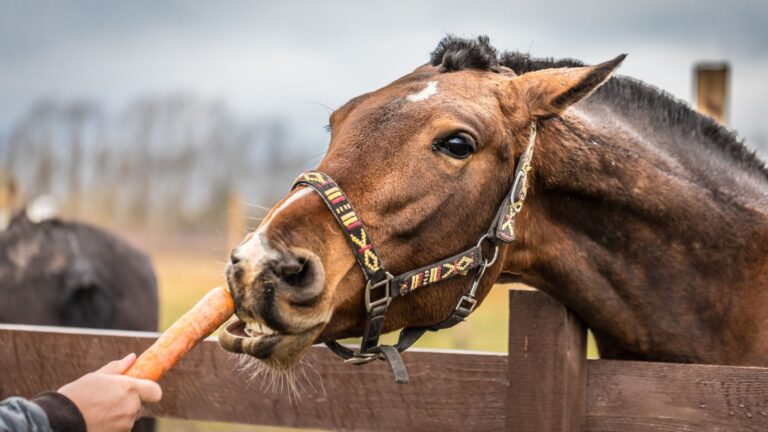7 Ways You Might Be Hurting Your Dog’s Confidence (And 10 Ways to Build It Back Up)
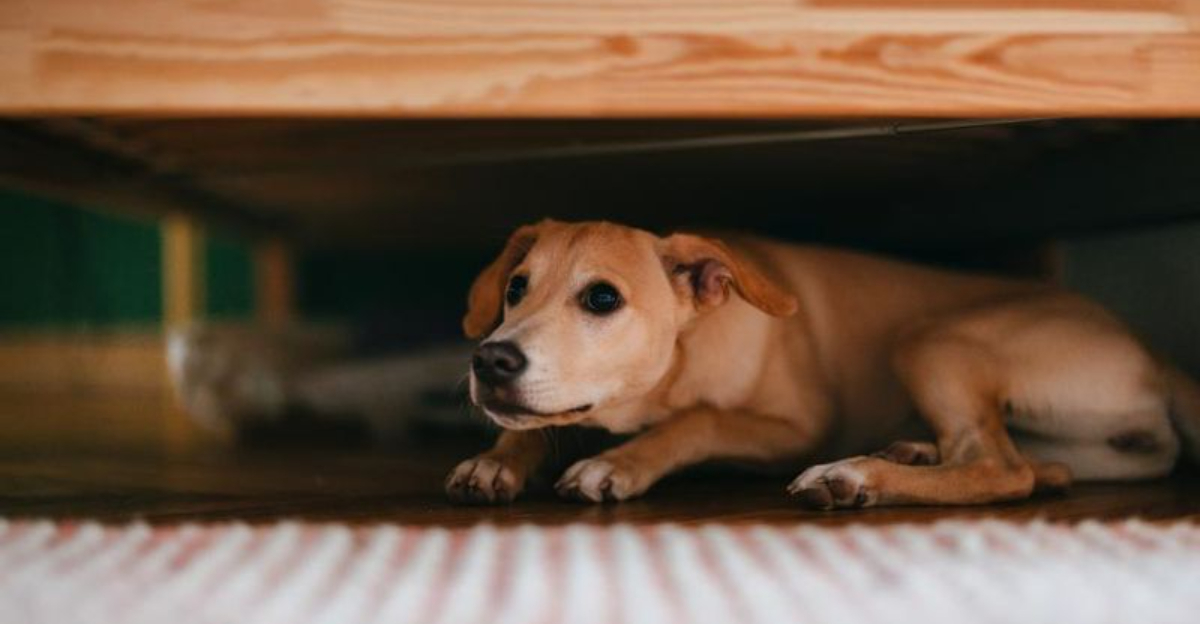
Just like humans, dogs experience moments of self-doubt and anxiety. Your furry friend relies on you for emotional guidance, and sometimes our actions accidentally chip away at their confidence.
Understanding how we might unintentionally damage our dog’s self-assurance is the first step toward helping them become their best, tail-wagging selves.
1. Harsh Training Methods
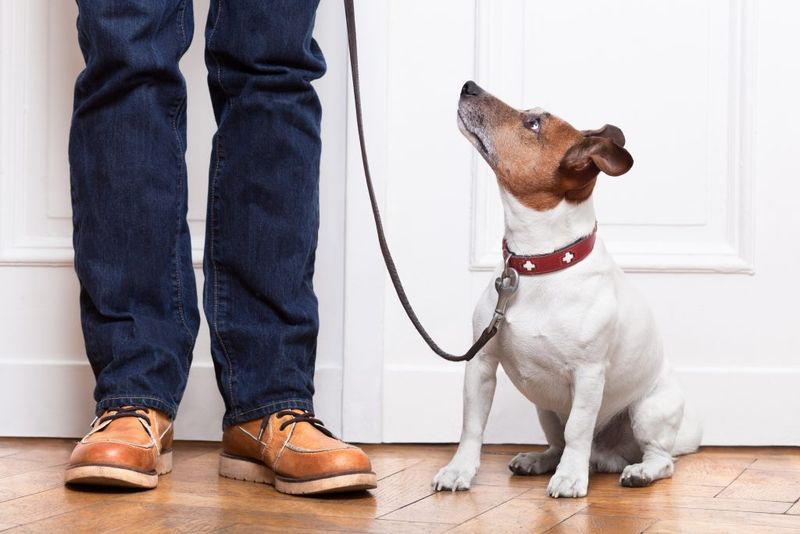
Yelling or physical punishment creates fear instead of understanding. Your pup associates these negative experiences with the training itself, not the behavior you’re trying to correct.
Over time, harsh methods erode trust and make your dog hesitant to try new things. They start second-guessing themselves, afraid of making mistakes that might trigger your anger.
2. Inconsistent Rules And Boundaries
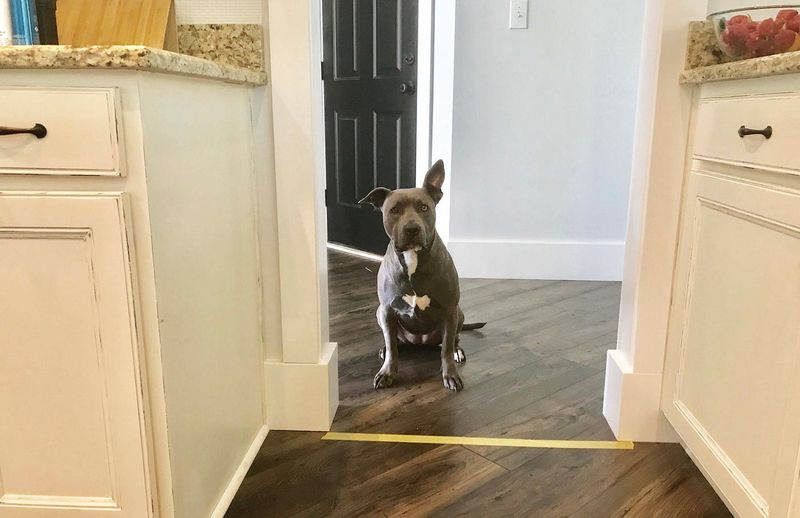
Mixed signals confuse your four-legged friend. When something is okay one day but forbidden the next, your dog struggles to understand what’s expected.
This uncertainty leads to hesitation and anxiety. Clear, consistent boundaries actually help dogs feel secure and confident because they know exactly what the rules are and can succeed at following them.
3. Overprotecting Your Pup
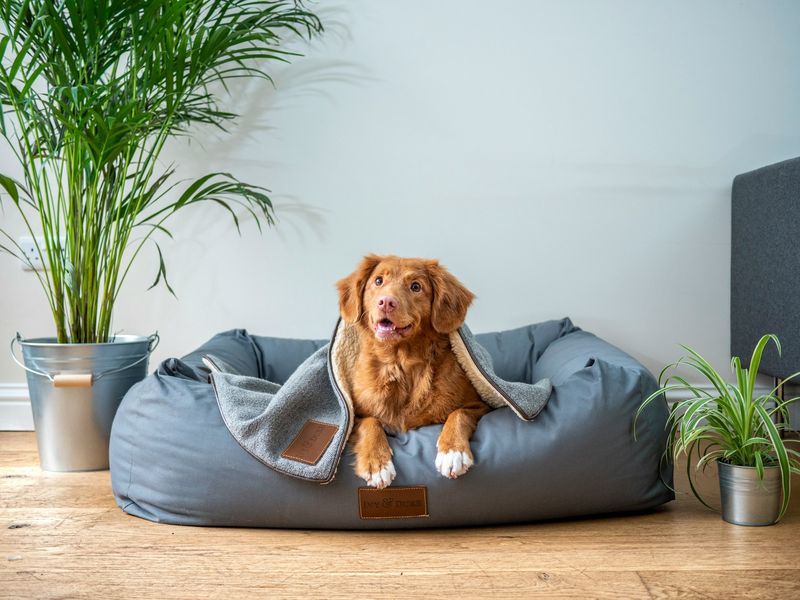
Swooping in to rescue your dog from every challenge robs them of valuable learning experiences. Those little victories build their problem-solving muscles and self-assurance.
Helicopter pet parenting might seem kind, but it actually creates dependency. Dogs who never face and overcome small obstacles develop a fragile confidence that crumbles when you’re not there to help them.
4. Forcing Social Interactions
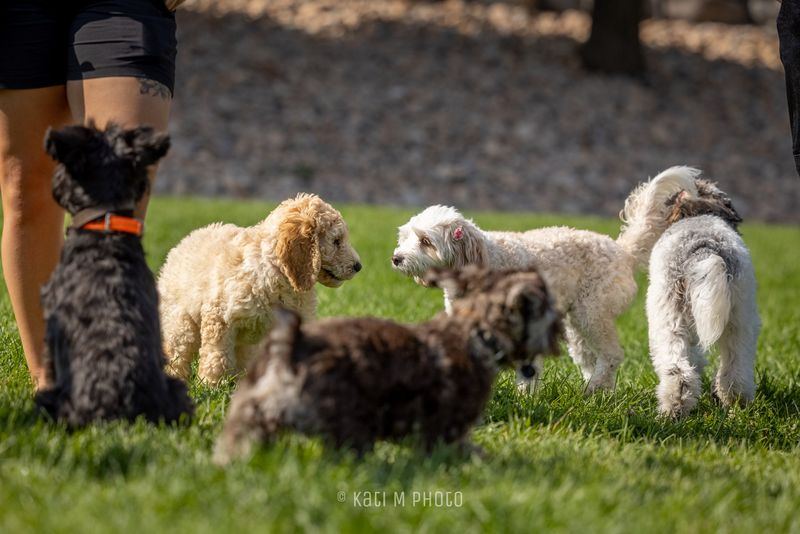
Some dogs are natural socialites, while others prefer smaller circles. Dragging your reluctant pup into overwhelming situations ignores their comfort level and personality.
Forced socialization creates negative associations with other dogs or people. Your dog needs to build social confidence at their own pace, with positive experiences that respect their individual temperament.
5. Lack Of Mental Stimulation
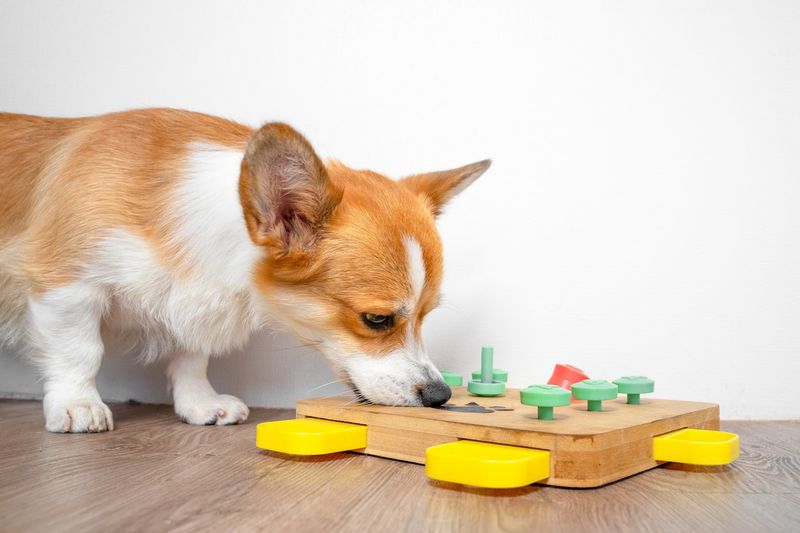
Boredom breeds insecurity in our canine companions. Without regular mental challenges, dogs lose their problem-solving edge and become less confident in new situations.
Their naturally curious minds need regular workouts just like their bodies do. A dog who rarely exercises their brain through puzzles, training, or enrichment activities will be less equipped to handle novel challenges confidently.
6. Ignoring Fear Signals
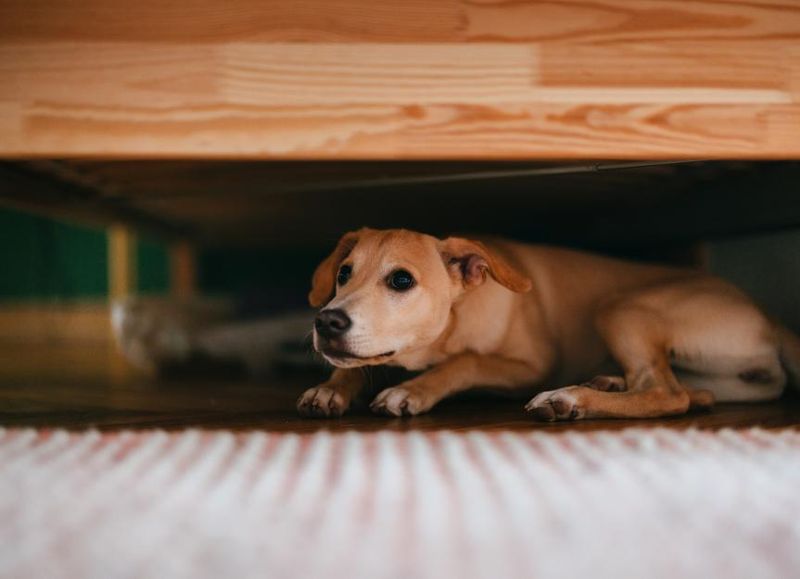
Those tucked tails and flattened ears are your dog’s way of communicating distress. Brushing off these signals forces them into situations they’re not emotionally ready to handle.
When you acknowledge their fears instead of dismissing them, you’re showing your dog that their feelings matter – a crucial foundation for building genuine confidence.
7. Unpredictable Responses To Mistakes
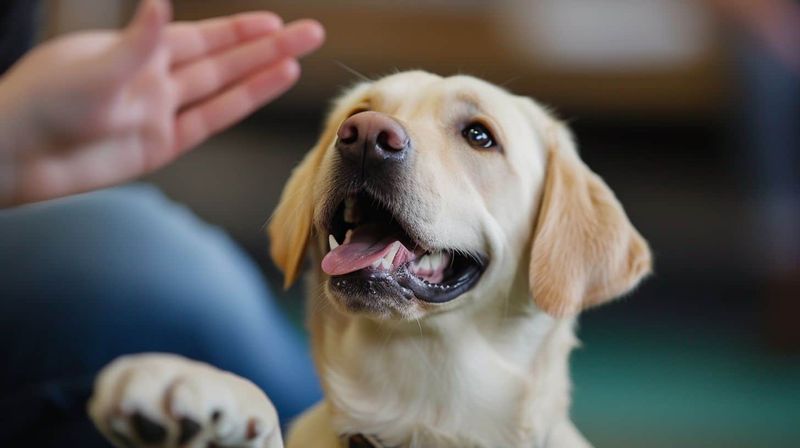
Dogs thrive on knowing what to expect. When your reaction to accidents or mishaps varies wildly, your pup feels like they’re walking on eggshells.
This unpredictability creates anxiety rather than confidence. A calm, consistent approach to mistakes helps your dog understand that errors aren’t catastrophes, just learning opportunities on the path to getting things right.
8. Positive Reinforcement Training
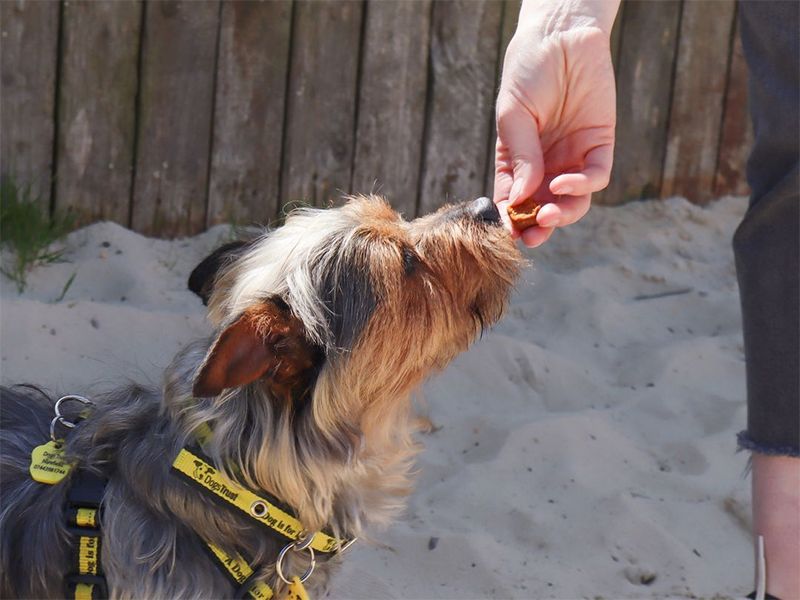
Catching your dog doing something right works wonders for their self-image. When good behavior earns praise, treats, or play, your pup learns to connect positive feelings with their actions.
This reward-based approach builds confidence through success. Unlike punishment that focuses on failures, positive reinforcement celebrates achievements, creating a dog who’s eager to try new things.
9. Create A Safe Challenge Zone
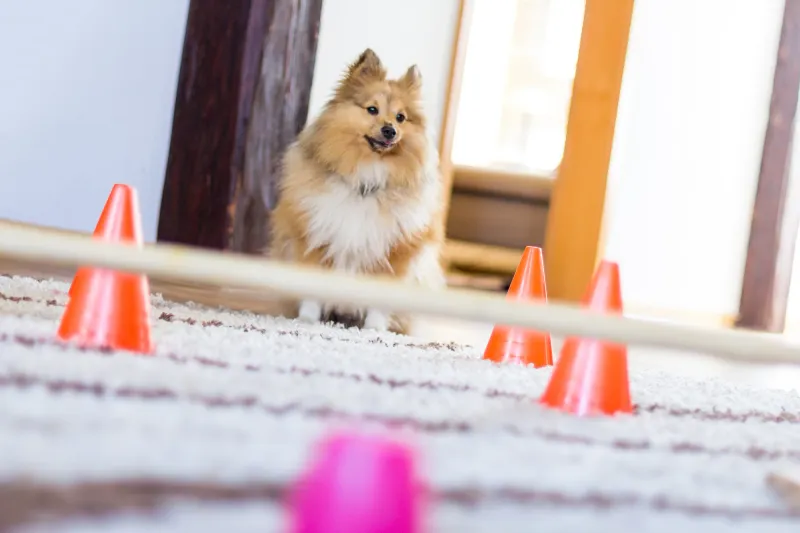
The sweet spot for confidence growth lies between too easy and too hard. Start with challenges your dog can handle, then gradually increase difficulty as their skills improve.
Those small victories stack up into solid self-assurance. Whether it’s learning a new trick or navigating an obstacle course, the right level of challenge helps your pup discover their own capabilities.
10. Establish Predictable Routines
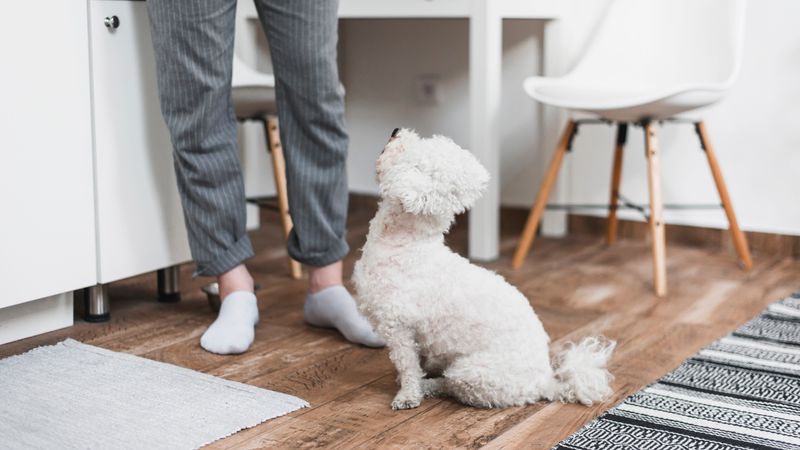
Stability creates confidence in our canine companions. A consistent daily schedule gives your dog comfortable expectations about walks, meals, and playtime.
When the basics of life follow reliable patterns, your dog feels more equipped to handle the unexpected challenges that inevitably pop up throughout their day.
11. Celebrate Small Victories
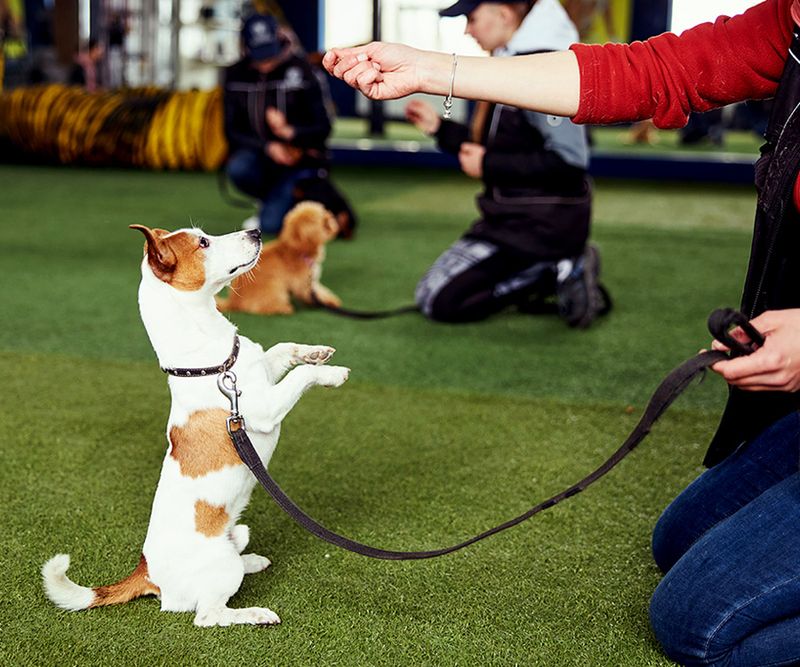
Make a big deal out of your dog’s accomplishments, no matter how tiny they seem. That first cautious step toward the vacuum cleaner deserves just as much celebration as mastering a complex trick.
Your enthusiasm signals to your dog that they’re on the right track. These mini-celebrations create positive momentum that builds into genuine confidence over time.
12. Body Language Awareness
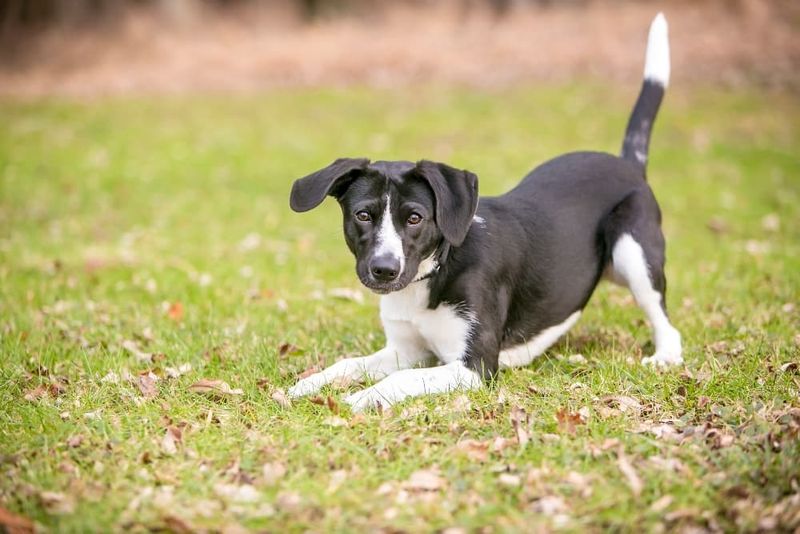
Your posture speaks volumes to your dog. Open, relaxed body language communicates safety and encouragement without saying a word.
Dogs are masters at reading subtle physical cues. By consciously using confident, calm body signals during challenging situations, you’re showing your pup there’s nothing to fear – a silent confidence boost they can mirror.
13. Provide A Retreat Space
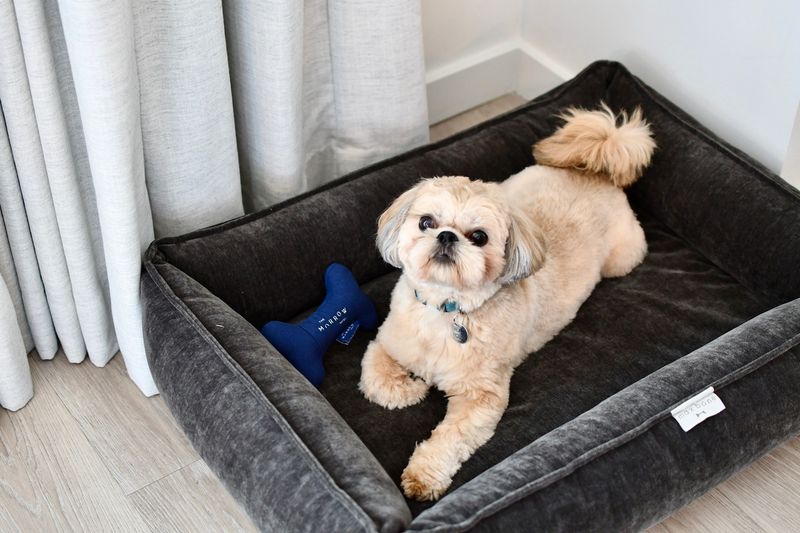
Every dog needs a personal sanctuary where they can recharge. A comfortable crate, bed, or quiet corner gives your pup control over their environment when things get overwhelming.
Knowing they have somewhere to retreat helps dogs feel brave enough to explore and interact, secure in the knowledge they can take a break when needed.
14. Socialization At Their Pace
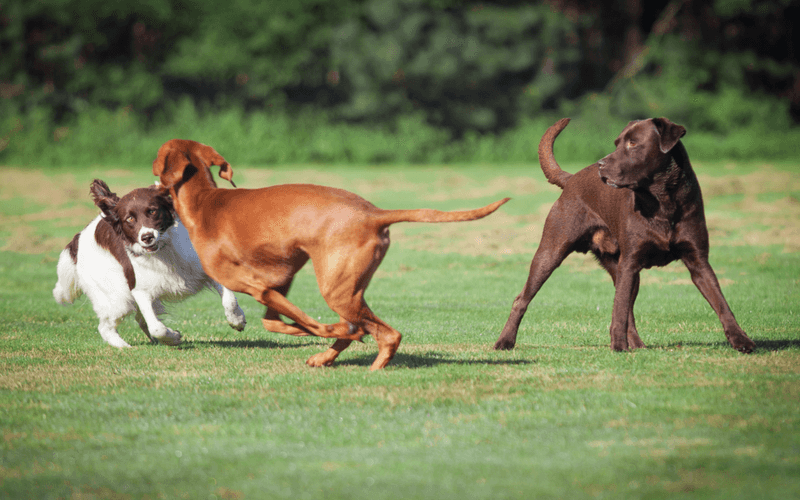
Quality trumps quantity when building social confidence. One positive interaction with another dog teaches more than ten forced encounters.
Watch your pup’s body language for readiness cues. Starting with calm, well-mannered dogs or gentle humans creates successful experiences that make your dog more eager for future social adventures.
15. Scent Games For Confidence
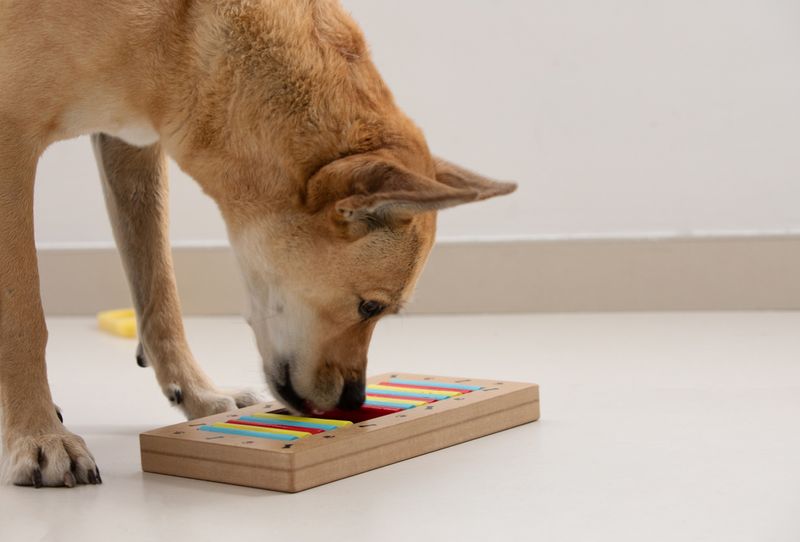
Sniffing activates your dog’s most powerful sense and natural talents. Hide treats or toys around your home and watch your pup’s confidence soar as they successfully track down each treasure.
These games tap into instinctual abilities. Success at what comes naturally builds a foundation of confidence that extends to other areas of your dog’s life.
16. Patience During New Experiences
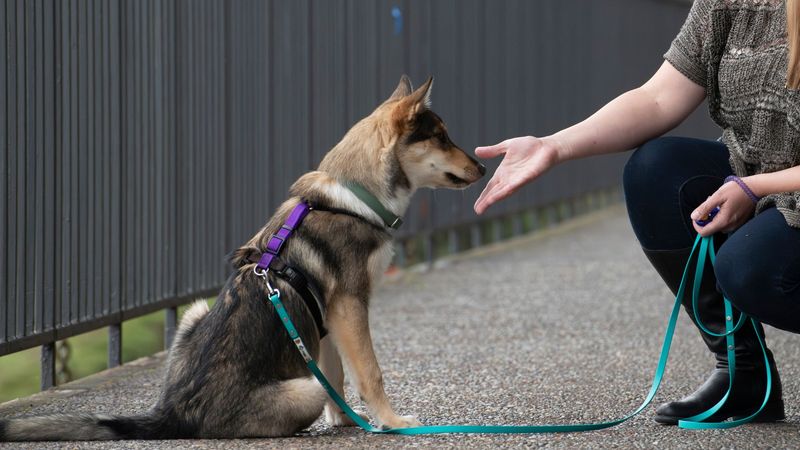
First encounters with strange objects or situations deserve extra time. Your unhurried approach shows your dog there’s no rush to figure things out immediately.
When you allow your pup to investigate novelty at their own pace, they learn that new things aren’t necessarily threatening – just interesting puzzles to solve.
17. Consistent Communication Cues
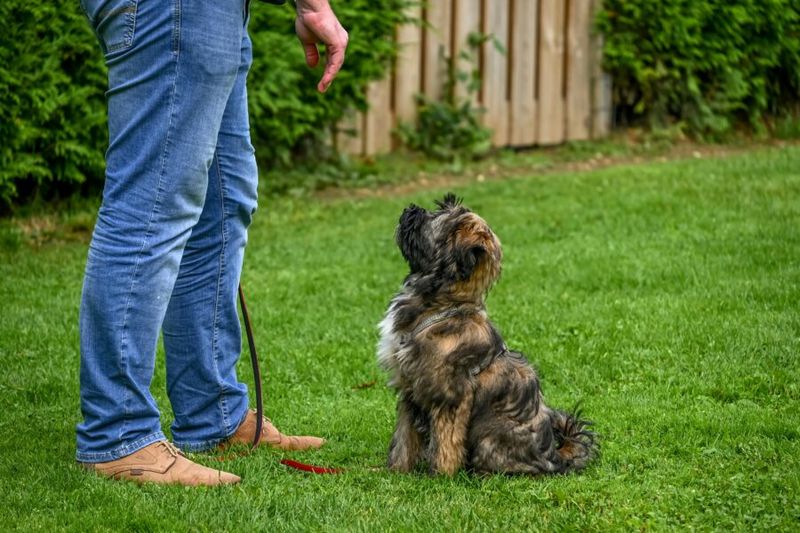
Clear signals build a confident dog who understands what you want. Using the same words, hand gestures, and tone for specific commands eliminates confusion.
This consistency creates a reliable communication system between you. When your dog knows exactly what “sit” or “come” means every time, they can respond with confidence rather than hesitation.



